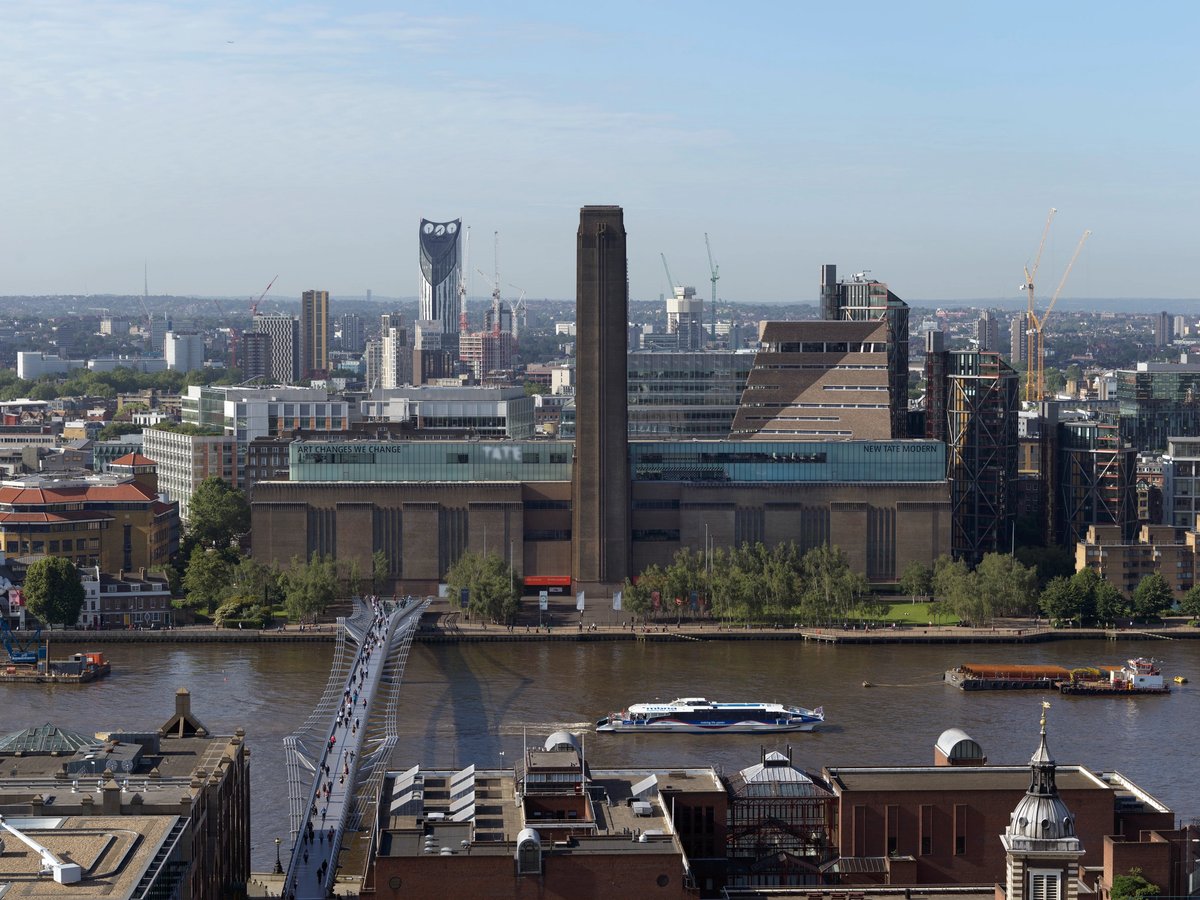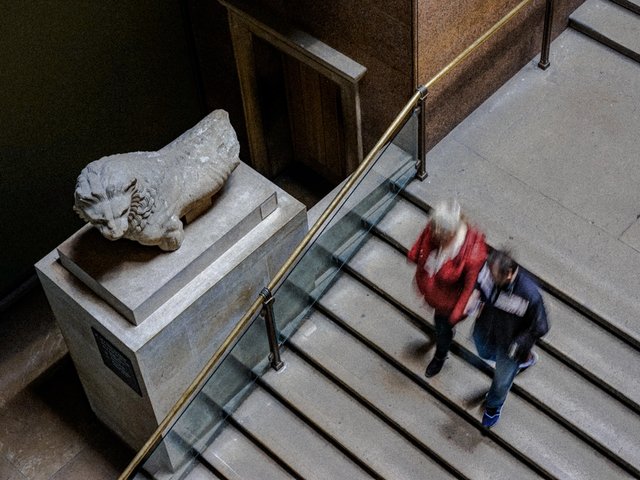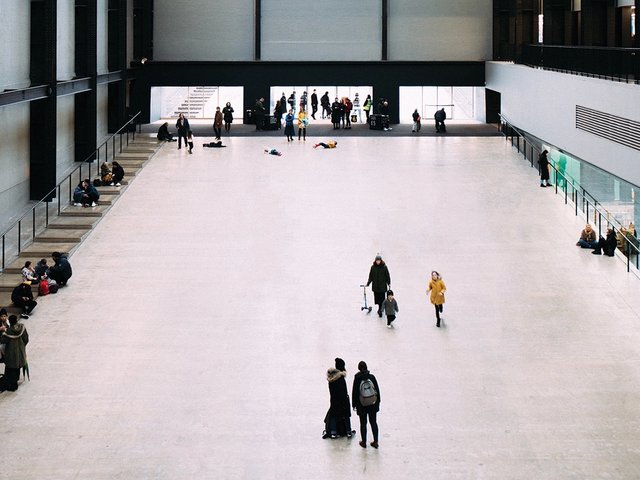The UK’s main national museums have all recently published their financial accounts for 2020/21, which make sober reading. All suffered disastrous falls in visitor numbers because of Covid-19, being closed for over half the year and only being able to have small numbers when they reopened.
Tate welcomed only 7% of its normal visitors in 2020/21, the National Gallery had 4% and the British Museum and the Victoria and Albert Museum just 3%. The Art Newspaper is focusing on the best of the performers, Tate, to examine the financial implications of the pandemic on a museum that in the past few years has proved remarkably successful in raising self-generated funding.
Tate’s latest annual accounts reveal the wide-reaching impact of Covid-19. Before the pandemic, Tate’s four galleries (Britain, Modern, Liverpool and St Ives) attracted 8,264,000 visitors, but this plunged to 591,000 in 2020/21. Tate Modern, which vies with the British Museum as the most popular UK venue, saw numbers slump from 5.7 million to just 361,000.
Fall in self-generated funds
In 2019/20, Tate managed to self-generate £113m, representing 70% of its funding. Last year the sum fell to £68m. Of the self-generated funds, admission income (from exhibitions and the St Ives gallery) slumped from £13.2m to £1.6m; trading income dropped from £39.5m to £14m; fortunately fundraising fell only a little, from £34.3m to £31.9m. But behind these headline figures, how did the pandemic impact on Tate?
Planning proved to be extremely challenging, with exhibition schedules thrown into chaos. Tate’s galleries were initially closed from 17 March to 27 July 2020. After the summer reopening visitor numbers were limited, with timed tickets and social distancing. On 5 November, when the pandemic was worsening, the galleries needed to be shut again. After reopening on 2 December, they had to close once more from 16 December (London) and 31 December 2020 (Liverpool and St Ives). The galleries then only reopened with timed tickets on 17-18 May this year.
Staff redundancies
Fortunately the UK government stepped in with emergency assistance. The culture department gave additional funding of £8.9m in 2020/21, in addition to the promised £42.6m of grant in aid. Tate used the Job Retention Scheme for furloughing 918 staff, which provided £5.3m of Treasury funds up until March this year.
But there were still substantial redundancies. Tate Enterprises, the gallery’s in-house commercial arm, made 217 (full-time equivalent) staff redundant (half voluntary, half compulsory), 46% of its payroll. The gallery later made 147 gallery staff redundant (all but one voluntary), representing 18% of its employees, at a cost of £4.6m.
Trading income, the most important source of self-generated funds, slumped because of the impact of closure and reduced visitor numbers on the gallery’s shops and catering. Tate Enterprises made a profit of £5m in 2019/20, but last year this turned into a £4m loss.
Membership subscription income almost halved, down from £16.2m to £8.3m, with recruiting of new members proving extremely difficult because of lockdowns. Acquisitions continued, although at a lower level for purchased works “reflecting reduced budgets in all areas”. Financial commitments for acquisitions fell from £3.4m to £200,000 in 2020/21.
Tate’s total income dropped from £155m to £120m, a fall of 19%. This is certainly taking its toll. In May, Maria Balshaw, the director of Tate, advised trustees about staff morale: “Notwithstanding the welcome reopening of the galleries, there is fatigue because of the pressures of the pandemic and the attrition of the past year… Any redundancy process is difficult and unsettling for an organisation.”
As to the future, the latest annual report and accounts warn: “The road to recovery will be a long one, with tourism not expected to return to previous levels until 2024-25, and the wider economy facing the long-term effects of the pandemic.”
In June, the latest month for which figures are available, Tate welcomed 185,000 visitors—a quarter of those for the same month in 2019. With Covid-19 cases remaining high in the UK, the prospects for a significant recovery in visitor numbers over the winter appear increasingly bleak.




